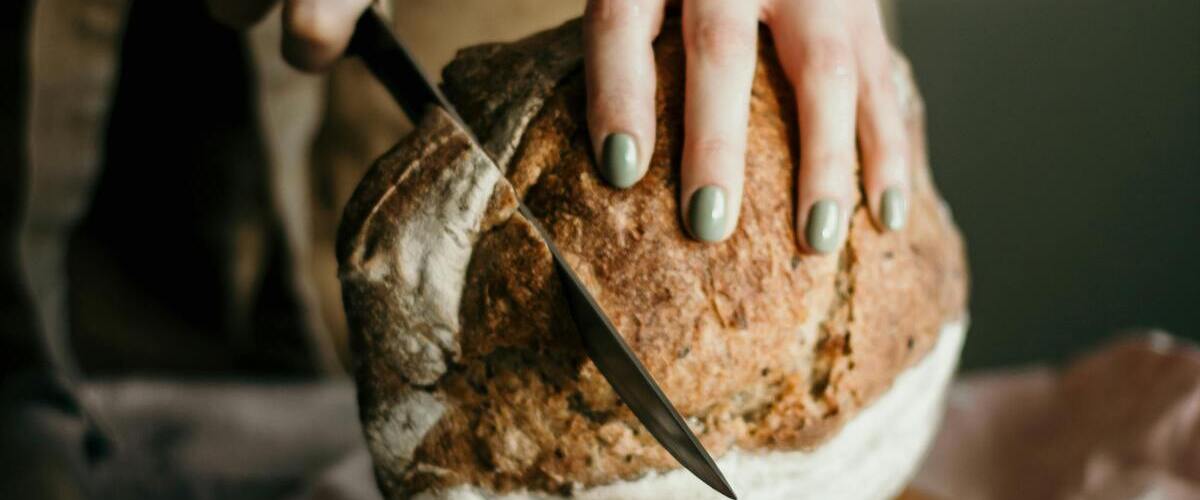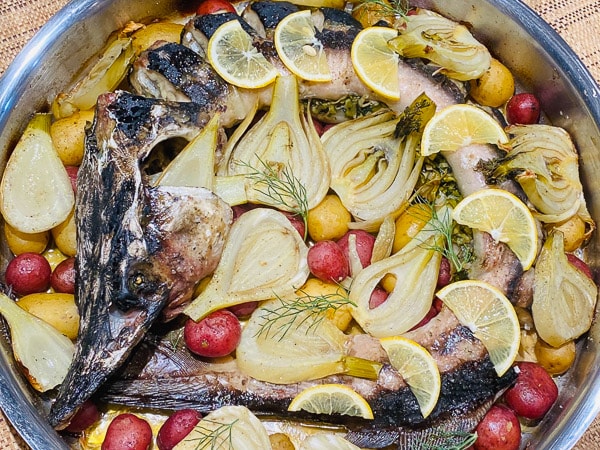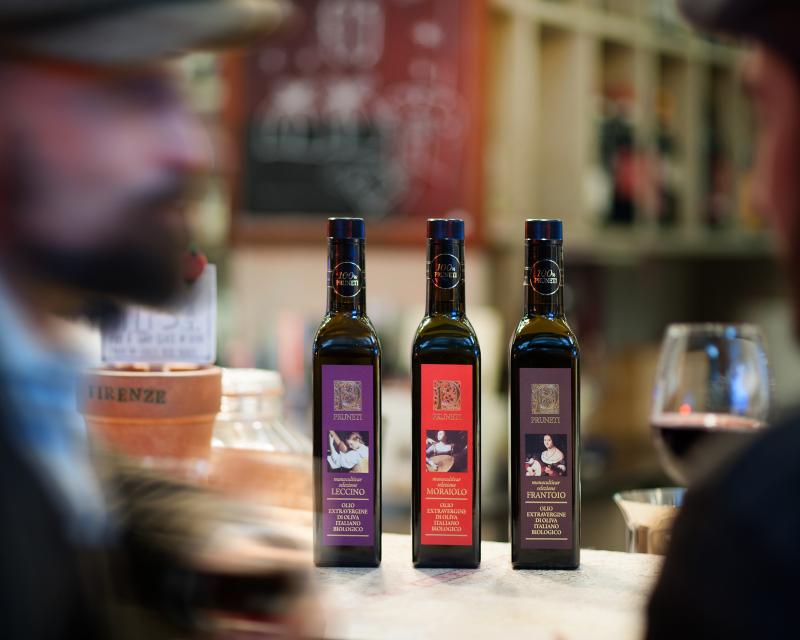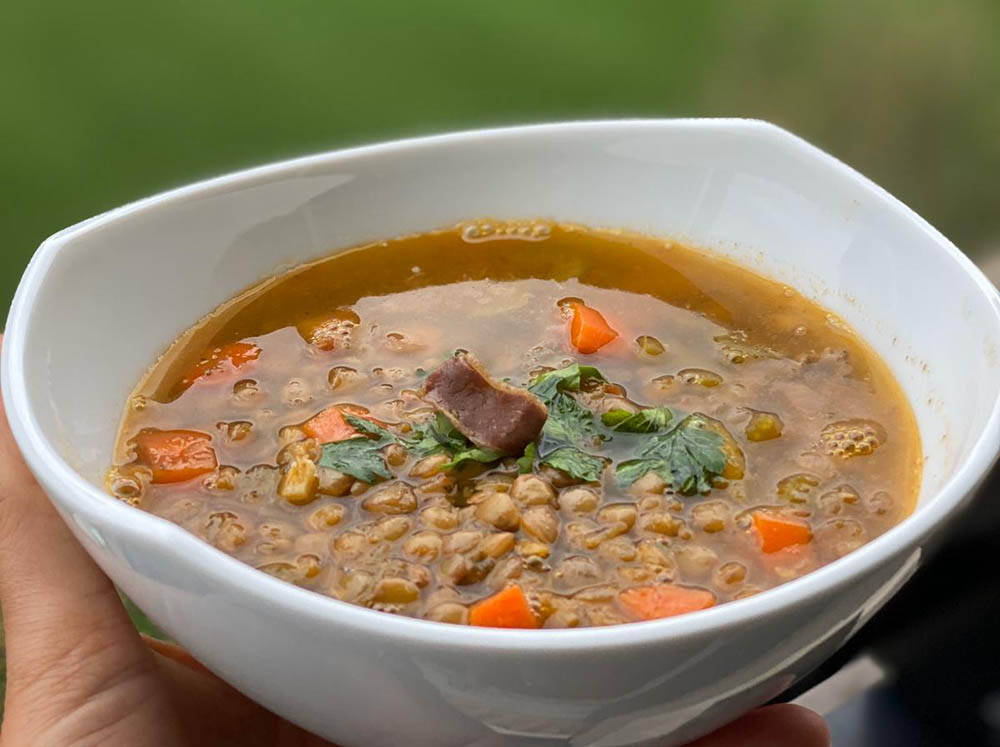The Science of Yeast: Understanding its Role in Bread and Pastry Making
Do you want to create incredible breads and pastries but feel intimidated by the science behind it? Have you ever puzzled over how bakers can achieve that perfect golden, crunchy crust or soft yet strong texture in their products? Look no further than yeast – the secret ingredient that unlocks a world of potential in your baking! In this blog post, we'll explore what yeast is and its role in bread and pastry making so you can become a master baker with confidence.
What is yeast and why it matters in baking

Yeast might just seem like a small ingredient in baking, but it plays a big role in the final outcome of baked goods. It is a living organism that becomes activated when combined with warm water and sugar, producing carbon dioxide gas that causes dough to rise. This process creates a light and fluffy texture while also giving bread its signature flavor and aroma. Different types of yeast can be used in baking, including instant, active dry, and fresh yeast. It's important to use the right type for the recipe to ensure proper rising and fermentation. So the next time you're baking your favorite bread or pastry, remember the power of yeast and its essential role in creating delicious baked goods.
Types of Yeast and their function
Yeast is a fascinating microorganism that has been used in baking and brewing for thousands of years. However, not all yeast is created equal. There are several different types of yeast, each with a unique function. For example, baker's yeast is ideal for unleavened breads, while brewer's yeast is used in the fermentation process of beer and wine. Other types such as nutritional yeast, which is packed with B vitamins, and wild yeast, which occurs naturally in the environment, offer their own benefits. Understanding the different types of yeast and their functions can help you achieve the perfect bake or brew and elevate your culinary creations to new heights. As a self-proclaimed yeast enthusiast, I am confident in saying that learning about the different varieties of yeast can be both informative and exciting!
Temperature and humidity – the science behind the perfect dough
As any baker will tell you, getting the perfect dough can be a challenge. But did you know that the secret to achieving that delicious, elastic texture lies in the science of temperature and humidity? It may seem like a small factor, but the right combination of these two elements is crucial in creating dough that is easy to work with and yields the desired results. With the ideal temperature and humidity levels, yeast can thrive and produce carbon dioxide, which gives the dough its elasticity and rise. Additionally, humidity helps to prevent the dough from drying out, making it easier to manipulate. Now you know the science behind the perfect dough, you can confidently dive into your next baking project!
Different types of doughs, from whole wheat to white bread
Dough is the foundation of many baked delicacies, and it comes in a staggering number of varieties. From hearty whole wheat to fluffy white bread, each type has its unique characteristics that make it perfect for specific dishes. Though the ingredients vary, the process of kneading and proofing remains crucial for the texture and taste. I'm passionate about the art of baking and experimenting with different types of dough. As a baker, the way the dough feels in my hands is just as essential as the final flavor. Whether you're making a pizza dough or a croissant, the type of dough you choose can make all the difference. So, next time you're baking, take some time to explore the world of dough!
The process of fermentation – how it affects taste and texture
Fermentation is an age-old process that has been used by humans for centuries to transform raw ingredients into delicious and nutritious foods. This process not only changes the texture and taste of food but also has a host of other benefits like increasing its shelf life and boosting its nutritional value. The magic of fermentation lies in the microorganisms that are responsible for breaking down the complex carbohydrates, proteins, and fats in the food, resulting in a range of flavorful compounds and unique textures. Whether you're a fan of sourdough bread, kefir, or kimchi, the process of fermentation is sure to have resulted in a product that is both delicious and healthy. So next time you take a bite of your favorite fermented food, know that the complex chemical reactions that occurred during its production have contributed to its unique taste, texture, and health benefits.
Tips for troubleshooting common issues with yeast-based recipes
As a bread enthusiast, there's nothing more frustrating than a yeast-based recipe gone wrong. But fear not, troubleshooting common issues is easier than you might think. First and foremost, always use fresh yeast. If it's been sitting in your pantry for months, it's most likely no longer active. Room temperature also plays a crucial role in the success of yeast-based recipes, so ensure that your kitchen is warm enough and draft-free. Another common issue is under-proofing or over-proofing dough. Keep an eye on the dough and don't rush the proofing process. Finally, always measure ingredients accurately and follow the recipe closely. With these tips and a little patience, you'll be well on your way to perfectly risen loaves and fluffy rolls.
The world of baking Yeast is full of complexities, but also amazing possibilities. With the right ingredients, temperatures and fermentation process, you can create something truly delicious. Whether it’s freshly-milled whole wheat flour dough or a fluffy brioche bun, the end result can be a meal that will blow your socks off! By understanding the basics of using yeast in breads, buns and other baked goods, you’ll have no problem creating an incredible product - one that will delight your taste buds. Remember, baking with yeast isn’t simply an art; it’s also a science. So experiment with temperatures and moisture levels to get the perfect dough for all your needs. Bon appetite!






